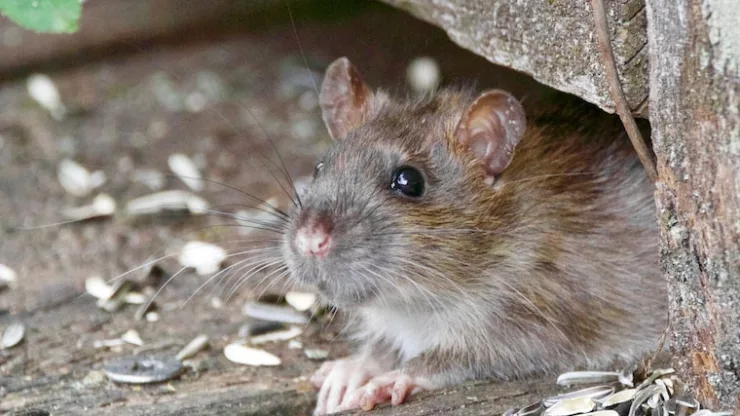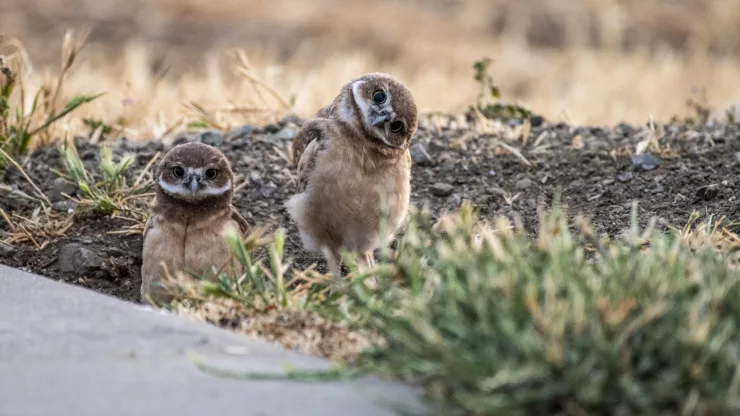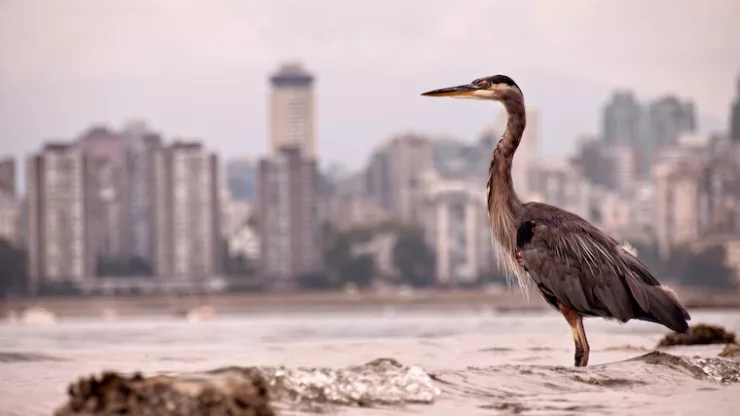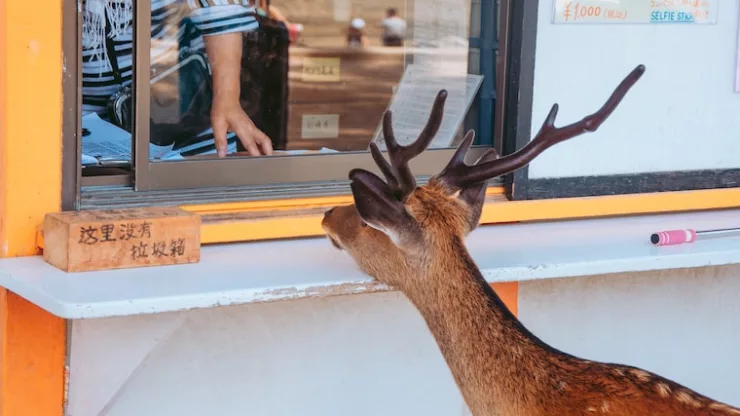As cities continue to expand, their impact on the environment becomes more apparent.
One of the challenges faced by urban areas is managing invasive species that threaten the ecological balance and human health.
In this article, we will discuss the major urban invasive species, their impact, and how cities can manage them.
Jump to Section
Introduction
What are Urban Invasive Species?
Urban invasive species are non-native plants, animals, and microorganisms that thrive in urban environments.
They can be introduced intentionally or unintentionally and can cause significant ecological and economic damage.
Importance of Managing Wildlife in Cities
Managing urban wildlife is crucial for maintaining the ecological balance of the city.
Urban wildlife can carry diseases that can be transmitted to humans, pets, and livestock, and can cause damage to property.
Effective management strategies can help reduce the negative impact of urban wildlife on the environment and human health.
Major Urban Invasive Species
Common Pigeon
Pigeons are one of the most common urban birds and are known for their distinctive cooing sounds.
However, they can cause significant damage to buildings and public spaces due to their droppings.
Pigeons are also known to carry diseases that can be transmitted to humans.
European Starling
Introduced to the US in the 1890s, European starlings have now become a common sight in urban areas.
They are known for their aggressive behavior towards other bird species and can cause damage to crops and fruit trees.
House Sparrow
House sparrows are native to Europe and Asia but have been introduced to other parts of the world, including North America and Australia.
They are known for their aggressive behavior towards other bird species and can cause damage to crops.
Norway Rat
Norway rats are one of the most common urban rodents and can be found in sewers, garbage dumps, and other areas with abundant food sources.
They are known to carry diseases that can be transmitted to humans and pets.
Black Rat
Black rats are also known as roof rats and are commonly found in urban areas. They are agile climbers and can cause damage to buildings and electrical wires.
They are also known to carry diseases that can be transmitted to humans.
Common Cockroach
Cockroaches are one of the most common urban pests and can be found in homes, restaurants, and other buildings.
They are known to carry diseases that can be transmitted to humans and can cause significant damage to property.
Impact of Urban Invasive Species
Ecological Impact
Urban invasive species can disrupt the ecological balance of a city by outcompeting native species for resources. They can also alter the food chain and reduce biodiversity.
Economic Impact
Urban invasive species can cause significant economic damage by damaging buildings, crops, and other property.
They can also lead to increased healthcare costs due to the transmission of diseases.
Health Impact
Urban invasive species can carry diseases that can be transmitted to humans, pets, and livestock. They can also cause allergies and respiratory problems.
Managing Urban Invasive Species
Prevention
Prevention is the most effective way to manage urban invasive species.
Cities can prevent the introduction of non-native species by regulating the import of plants and animals, and by educating the public about the risks of introducing non-native species.
Eradication
Eradication is the complete removal of an invasive species from a specific area.
This is often difficult to achieve and can be expensive.
Control
Control measures aim to reduce the population of invasive species to a manageable level. This can be achieved through the use of traps, baits, and other control methods.
Rehabilitation
Rehabilitation aims to restore the ecological balance of an area that has been impacted by invasive species.
This can be achieved through the reintroduction of native species and the removal of invasive species.
Case Studies
London, UK
| Species | Management Strategy |
|---|---|
| Pigeon | Feeding restrictions |
| Starling | Control measures |
| Sparrow | Control measures |
| Rat | Trapping and baiting |
| Cockroach | Control measures |
New York City, US
| Species | Management Strategy |
|---|---|
| Pigeon | Birth control measures |
| Starling | Control measures |
| Sparrow | Control measures |
| Rat | Trapping and baiting |
| Cockroach | Control measures |
Singapore
| Species | Management Strategy |
|---|---|
| Pigeon | Culling and control |
| Starling | Control measures |
| Sparrow | Control measures |
| Rat | Trapping and baiting |
| Cockroach | Control measures |
Future of Managing Urban Invasive Species in Cities
As cities continue to grow, the management of urban invasive species will become increasingly important.
Cities will need to develop effective strategies to prevent the introduction of non-native species and manage existing invasive species to maintain the ecological balance and protect human health.
FAQ
What are the most common urban invasive species?
The most common urban invasive species include pigeons, European starlings, house sparrows, Norway rats, black rats, and common cockroaches.
Why are urban invasive species a problem?
Urban invasive species can disrupt the ecological balance of a city, cause economic damage, and pose a health risk to humans, pets, and livestock.
How can cities manage urban invasive species?
Cities can manage urban invasive species through prevention, eradication, control, and rehabilitation strategies.
Effective management strategies can help reduce the negative impact of urban wildlife on the environment and human health.
I’m a nature enthusiast and creator of Metro Wilds and have spent years exploring the great outdoors.
With a passion for environmental conservation and sustainability, I have dedicated my career to writing about the beauty and wonders of nature, as well as the threats facing our planet.
Contact me at [email protected] for assistance.





